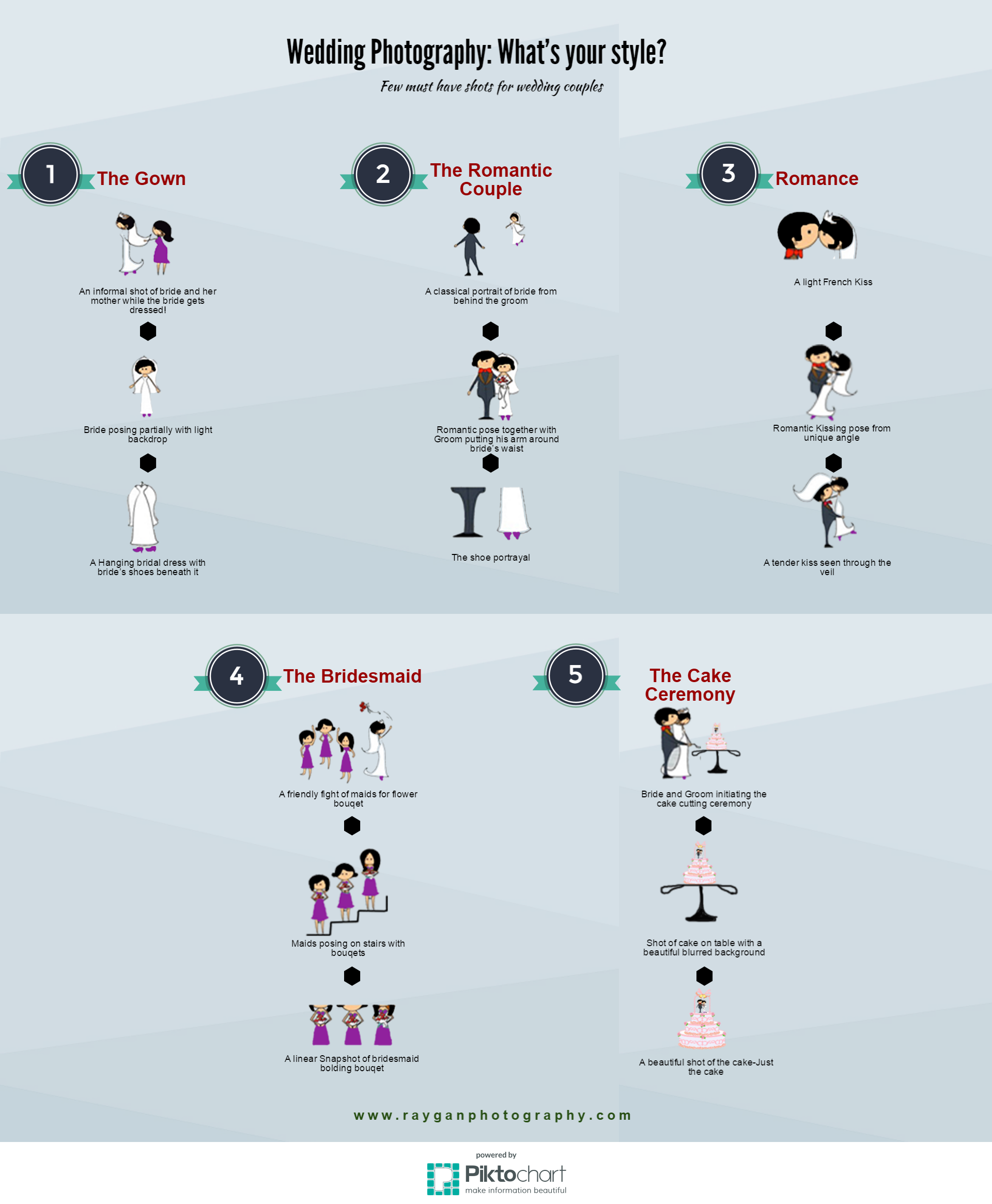What Every Professional Photographer Should Find Out About Lights
What Every Professional Photographer Should Find Out About Lights
Blog Article
Short Article By-Gillespie Olsson
As a digital photographer, you know that illumination can make or damage your pictures. Understanding the nuances of both natural and fabricated light is necessary for capturing the state of mind and quality you aim for in your work. Whether you're chasing after the best gold hour radiance or fine-tuning your fabricated configurations, understanding these components can elevate your digital photography considerably. But there prevail challenges that several ignore, and acknowledging them can transform your method to every shoot. Let's explore what you may be missing and how it can impact your outcomes.
Understanding All-natural Light
Comprehending natural light is crucial for any photographer seeking to enhance their work. It's the structure of terrific digital photography, affecting mood, tone, and clearness. When you shoot outdoors, take note of the moment of day. The golden hour-- quickly after sunrise and prior to sunset-- supplies soft, warm light that can transform regular scenes into magnificent photos.
Don't undervalue the power of cloudy days. https://www.nbcboston.com/news/coronavirus/heres-what-business-are-open-and-whats-still-closed-in-massachusetts/2142495/ diffuses sunlight, producing a soft, also light that's perfect for portraits and macro photography. You'll locate shades pop in this sort of lights without severe shadows.
Positioning matters, as well. Constantly consider your subject's orientation to the light source. If https://writeablog.net/tracy08calandra/exactly-how-to-find-your-unique-design-as-a-photographer 's behind your subject, you might end up with a silhouette, which can be dramatic but mightn't be what you want. On the other hand, direct sunlight can produce uncomplimentary shadows.
Experiment with angles; sometimes, transforming your perspective can yield remarkable results. Usage all-natural reflectors, like water or sand, to jump light onto your topic, adding measurement.
Mastering Artificial Light
Grasping artificial light is crucial for digital photographers who wish to take their skills to the following degree. Whether you're making use of speedlights, workshop strobes, or continuous lights, comprehending how to manipulate these sources can drastically boost your pictures.
Begin by familiarizing yourself with the basics of light quality, direction, and shade temperature level. Try out various modifiers like softboxes, umbrellas, or grids to manage the softness or cruelty of the light.
You'll discover that soft light usually develops lovely outcomes, while harsher light can include drama and depth. Do not shy away from informative post can boost the three-dimensionality of your subjects.
Pay very close attention to the placement of your lights. A light located too near to your subject can produce unflattering results, while as well far away can bring about a lack of detail. Use a light meter or your camera's pie chart to ensure you're subjecting appropriately.
Finally, keep in mind that synthetic light can be mixed with ambient light for innovative effects. Balancing these sources could take method, once you understand it, your digital photography will absolutely shine.
Methods for Various Scenarios
When you step into various capturing situations, adjusting your illumination methods is vital for recording the most effective photos. For outdoor pictures, utilize the golden hour-- early morning or late afternoon light-- to soften darkness and boost complexion.
If it's a rough lunchtime sunlight, consider utilizing a reflector to jump light back onto your topic or seek shaded areas for an extra even direct exposure.
In low-light situations, like interior occasions, boost your ISO and use a large aperture to let in more light. A tripod can help eliminate video camera shake, allowing for longer direct exposures without obscuring.
If you're shooting at night, experiment with off-camera flash to produce dynamic illumination and depth in your photos.
For product digital photography, utilize diffused illumination to prevent rough reflections. Softboxes or light outdoors tents can aid attain this result.
When photographing landscapes, consider the direction of light and time of day, as it can dramatically alter the mood of your shot.
Constantly be ready to adjust your settings and placing based upon the situation, as flexibility is crucial to understanding lighting in digital photography.
Verdict
Finally, understanding illumination is crucial to boosting your photography abilities. Accept all-natural light's appeal during gold hour, and don't avoid try out artificial light strategies. By adapting your technique to various scenarios, you'll capture magnificent images that resonate with feeling and clarity. Bear in mind, the best illumination can change a normal shot into something amazing, so maintain exercising and improving your understanding of both all-natural and fabricated light. Pleased shooting!
